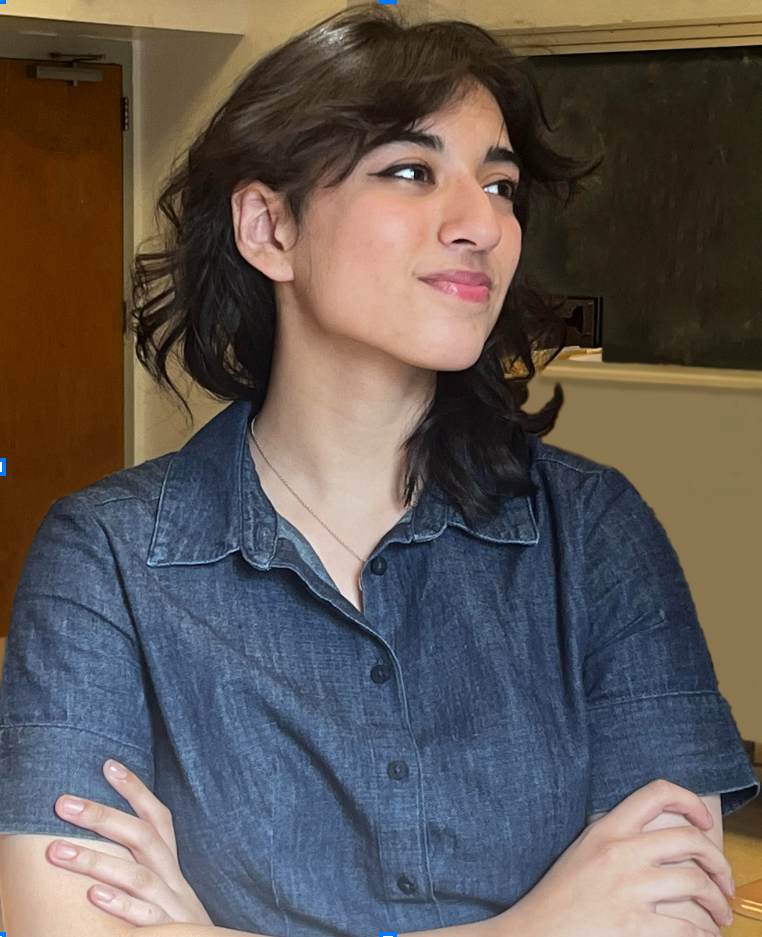.png)

✨ Hi! Welcome to my writing space and thank you for being here.
I'm Eshaal, an 18-year-old based in NYC who's especially interested in medicine, the foundations of society, and communication/interdisciplinary work. This is primarily where my ideas lie. I'd love to hear your thoughts as well, so feel free to message me using the form on the home page or my linked socials!

TABLE OF CONTENTS
Intro
DISCLAIMER: As some have asked... I AM NOT SPONSORED BY WEBFLOW! I just love it that much, lol, even with some of its limitations. I don't and will never make money off this site. It's just for me.
The coolest thing I learned this May was to make my personal website using Webflow.
Website creation has never been more accessible than it is now. Instead of having to code, you can choose from a myriad of website builders like Wix or Squarespace (raise your hand if you've been hit with one of these ads lately... ✋). I myself have used such platforms in my graphic design experience, and yes, you can absolutely make comprehensive sites on them.
However, when it came time to make my personal website, I knew that I wanted to build it from the ground up in order to truly make it my own. Thanks to this quest I now have a new understanding of code as a non-coder alongside a brand new skill: Webflow site creation.
Before explaining the uniqueness of Webflow, let's talk about how a website is generally made without a website builder.
How is a Website Typically Coded?
Every page you visit is a series of containers within containers.
Most website are created using the HTML or CSS coding languages. Every chunk of text, specific color, image size, and itty-bitty interaction on that page is created using individually simple commands that ultimately overlap in intricate ways.
These containers, also known as div blocks, store all other elements inside them. That's because the attributes you give a div block end up applying to the elements inside, allowing you to create spacing and uniform design without having to go tweak the code for each element individually. If you wanted to create a navigation bar, for example, you'd need a div block spanning the top of the page to hold your logo and links to other pages. Perhaps you want to more easily control those links so you throw in another div block, too. Everything is a container, and every additional feature requires more code.

Considering that this is the most customizable way of making a proper website, there are some obvious plus sides with some pesky cons to consider:
The Role of Website Builders
The digital age means that more and more people want to have websites of their own: business owners, freelancers, other professionals, or young people looking for a creative outlet outside of the grasp of social media (this reflection from Vice really resonates with me). But coding requires a lot of effort and practice to become decent at, which, while a very fun and useful endeavor, isn't necessarily what everyone finds a need to invest in. This is where we find heroes in Wix, Squarespace, WordPress, and more.
You're more likely acquainted with how these builders work, so I'll be brief. They often use "drag and drop" systems of element placement with customizations for font, size, and color. I've helped to make fully usable websites for businesses and school campaigns using these builders and they serve their purpose. Some allow for specific features like blog posts (if you're into newsletters, check out Substack; you're not necessarily making a website but you'll have your own URL to a newsletter). Most, however, lack in two areas:
TL;DR: these more common builders work for most people. I was looking for something more intricate... more challenging,
How Webflow Makes Coding More Visual
Remember what I said about containers within containers?
Webflow takes that to a more visual level. Instead of having to type up a new div block, I can physically drop one into the page. In fact, pretty much every fundamental feature you can code in for a website is found on webflow, like flex (a setup that allows you to control the orientation of elements more smoothly) and creating classes (groups with shared attributes so you don't have to manually re-add said attributes every time you make a new element). There are some additional features, but I'll leave it there.

It's great to see both coders and non-coders enjoying the UI; the former because of how familiar its terms are and the latter because of how familiar the click-and-drop setup is. Some other things to consider...
If you're considering making a website, I'd highly recommend Webflow for the above reasons. The cons aren't really cons to me, but rather the investment you make in return for an AMAZING experience. I've gotten faster and better at making the elements on my site do my bidding. I also think that any platform that lets me learn about the principles of a totally different subject is a great one.
The time investment is SO worth it.
I do hope to continue improving this site along the way. You can always contact me about bugs, awkward design (does it look strange on your screen size?), or overall suggestions. I am still a beginner after all. That's what made learning this very cool thing so exciting!
Thanks for reading. Talk to you soon!
Eshaal Ubaid.
✨ Thank you again for reading! If you'd like to be notified the next time I update, feel free to fill out the form below :) Please note that this will be a manually updated mailing list as Webflow does not currently have the exact capabilities needed to create an automated newsletter, so you may see your confirmation email up to 1 full day after signing up.